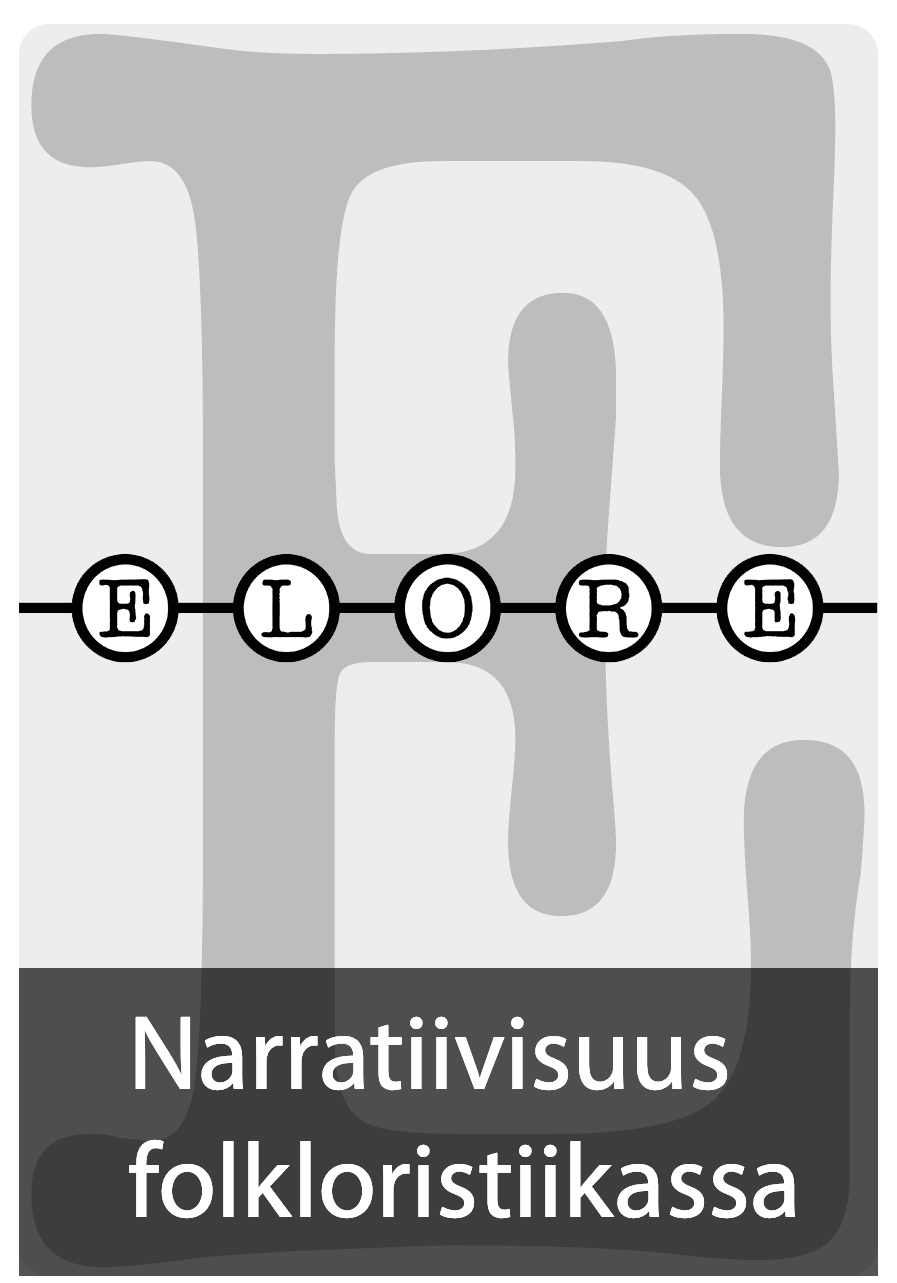Tilallista kerrontaa Turun linnassa
DOI:
https://doi.org/10.30666/elore.78628Abstract
In the course of seven centuries of its existence, the Turku Castle has changed from a medieval defensive structure to a Renaissance palace, and from the late 19th century derelict jailhouse to a prime example of the medieval built heritage in Finland. Today, for the first time in the castle’s architectural history, the Medieval, the Renaissance, the Modern, and the Present as architecturally constructed or reconstructed spaces can all be visited within the same hour. As a result, the monumental Turku Castle may be considered anachronistic and inauthentic. Combining the theoretical starting points of ‘space’ and ‘narrative’, the author approaches the castle as if it were a narrative (or a changing set of narratives), told in space but also through space. Viewing, for example, the restoration teams of the mid-20th century and the present day tour guides as creative narrators, the author attempts to look beyond the dilemma of anachronistic spaces. What transpires is an inter-connected web of texts and spaces, tangible and intangible narratives. The author’s analytical key to these narrative relationships is the threefold mimetic process of pre-figuration, con-figuration, and re-figuration, inspired by the writings of Paul Ricoeur.Downloads
Published
How to Cite
Issue
Section
License
The journal follows Diamond Open Access publishing model: the journal does not charge authors and published texts are immediately available on the Journal.fi service for scientific journals. By submitting an article for publication on Elore, the author agrees, as of September 2024, that the work will be published under a CC BY 4.0 licence. Under the licence, others may copy, transmit, distribute and display the copyrighted work and any modified versions of the work based on it only if they attribute the licence, the original publication (link or reference) and the author as the original author. Any modifications made must be acknowledged.
Copyright of the texts remains with the authors, and self-archiving (Green OA) of the published version is allowed. This also applies to texts published before September 2024. The Green OA publication must include Elore's publication details.
The metadata for published articles is licensed under Creative Commons CC0 1.0 Universal.





